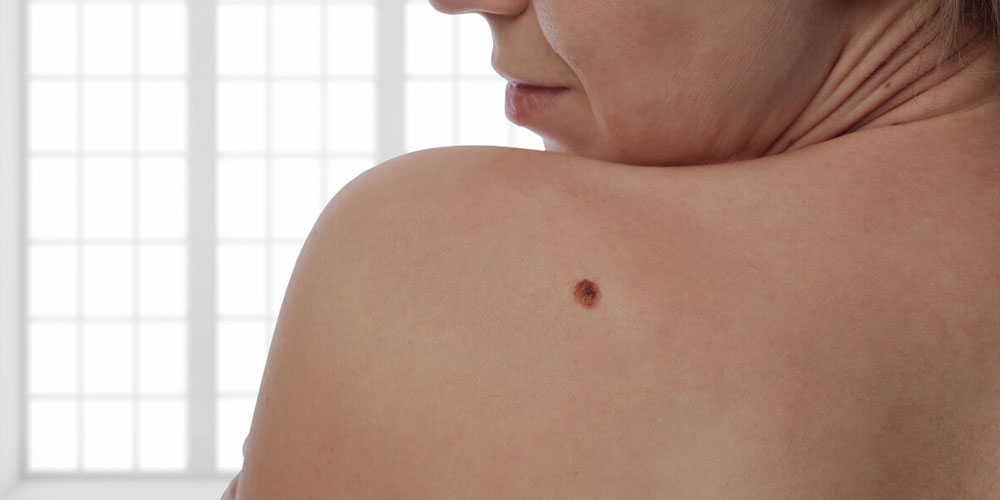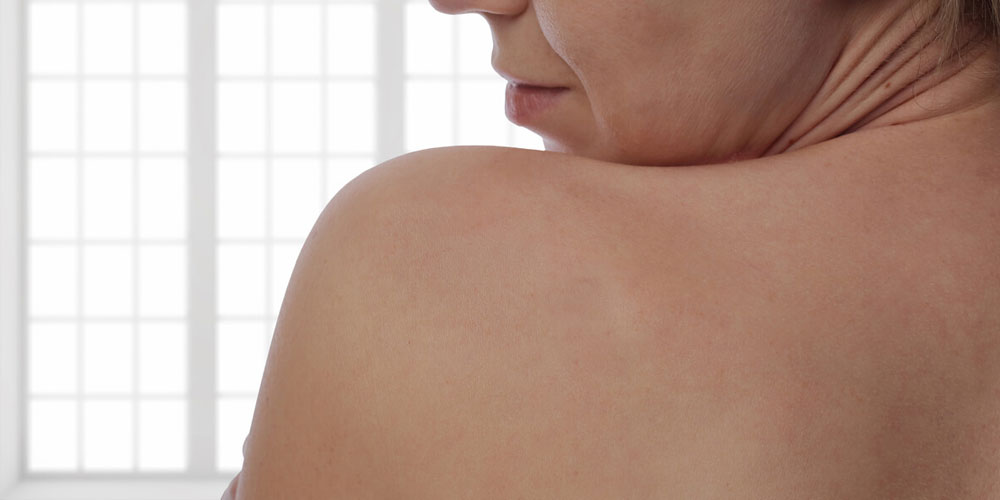Moles and Skin Tags



Moles are dark spots or irregularities found in the skin. They come in various shapes and sizes. Moles can appear anywhere on the skin, from the nose and other facial area, as well as arms and chest areas, in groups, or by themselves. They can be present at birth, or can begin to appear over time. Some moles go unnoticed, and some, like facial “beauty marks,” are actually considered attractive. However, moles are bothersome to some people, and can even lead to dangerous health risks. Mole removal, whether by laser or other surgery procedures, is a cosmetic surgery procedure that provides a solution to people wanting to improve their appearance and reduce associated health risks.
With the increasing popularity of various cosmetic surgery procedures, including mole removal, it is important that the prospective patient research and understand different issues like what the procedure can and cannot treat, inherent risks, costs, and other factors. Keep in mind, cosmetic surgery is just that – a surgical procedure whose results cannot simply be erased. While the information contained in this website will provide you with a good introduction to mole removal, when considering this or any other cosmetic procedure, we recommend that you consult a qualified provider with significant experience.
Benefits of mole removal
There are various benefits to this procedure, including:
- Removing protruding moles that get in the way of shaving.
- Reducing skin irritation when certain moles rub against clothing or jewelry.
- Achieving smoother, clearer skin.
- Enhancing appearance and improving self-esteem.
Most importantly, if a mole is suspected to be pre-cancerous early on, it can often be completely removed before it causes a serious health risk.
Who would best represent an ideal candidate for mole removal?
Those people who can physically and emotionally benefit from having their mole removed would be considered a good candidate for the procedure. However, people must remember that there are limitations to what cosmetic surgery can do. It is meant for improvement, not perfection and is important to have realistic goals and expectations about mole removal.
Where do I begin?
Those considering mole removal should first find a qualified dermatologist to perform the procedure. Before consulting with a dermatologist about having the mole removed, it is strongly recommended that patients have their mole examined by a doctor who has experience in treating moles, related skin conditions and skin cancer to help determine if the mole is cancerous. However, the majority of moles are benign (non-cancerous) and pose no threat to one’s health. To determine if a mole is cancerous, a small portion is examined through a biopsy or microscope analysis. This piece of tissue is usually examined at a pathology lab.
How is mole removal performed?
Before the mole is removed, the area is cleansed and then an anesthetic is applied to numb the area. The type of mole being removed determines what technique is used. Depending on the technique, stitches may or may not be used.
For excision of the mole, the dermatologist uses a scalpel to cut the mole and a border of good skin surrounding it. The dermatologist will determine the size of this border. Stitches are placed either deep within the skin, or on the upper surface, depending on the depth of the excision.
For the procedure that involves no stitches, a scalpel is used to shave the mole allowing it to be flush with the surrounding skin. Then using an electrical instrument, the doctor cauterizes the area to stop any bleeding. Topical antibiotic is applied to reduce risk of infection. Shaving removes the protruding surface of the mole, but it can leave mole cells beneath the skin and may grow back.
Mole removal typically takes less than an hour to perform, depending on the amount of moles to be removed.
What should be expected after a mole is removed?
The amount of discomfort afterward varies on the method used. If there is discomfort, it can be relieved with prescribed pain medication. A scab usually will develop, and then heal within a week or two. Also any redness that occurs will disappear within two to four weeks. Most scars that do appear slowly fade over time
What are the risks and limitations of mole removal?
While risks are minimal, a possible risk that can occur is infection. The risks associated with mole removal also depend upon the technique used.
A common condition that can occur after the excision procedure is scarring. Some scars fade away, but some can be permanent. Scars can be eliminated through skin resurfacing or other scar revision procedures.
GO WITH CONFIDENCE
SCHEDULE AN APPOINTMENT TODAY
ADDRESS
711 E Lamar Blvd # 200
Arlington, TX 76011
moreinfo@acderm.com
PHONE
817-795-SKIN (7546)
HOURS
Monday – Thursday | 7:00 AM – 4:00 PM
Friday | 07:00 AM – 12:00 PM
Closed on Weekends







